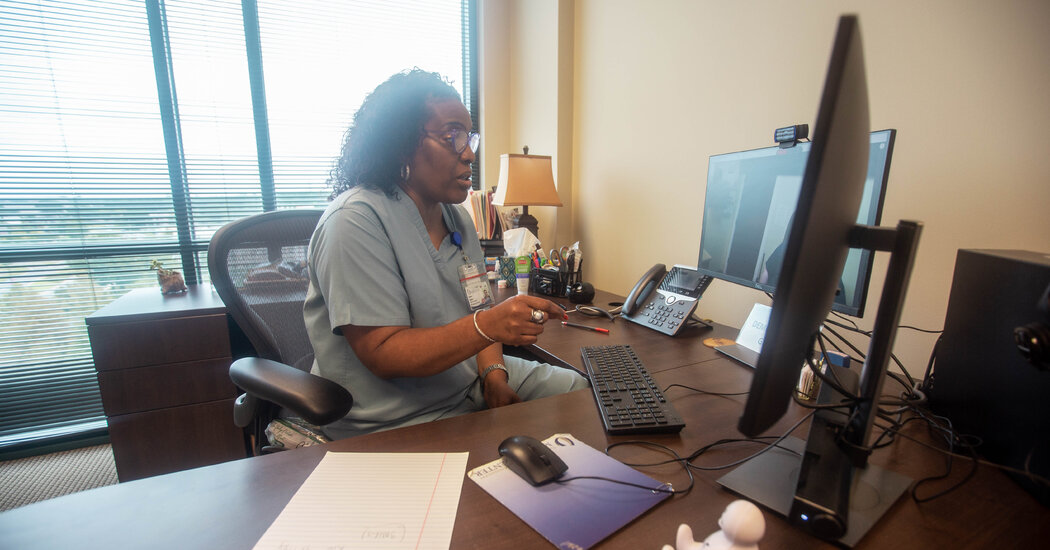
If it were easier to connect with doctors regularly, many of the hesitant might change their minds, she said.
“They are left to themselves and what someone may have told them that may not be reliable information,” Ms. Turner-Ford said. “If you don’t have that existing relationship with a practitioner, someone in that instance may have known who to call just to have a simple conversation.”
Jennifer Yturriondobeitia, the chief executive of Cornerstone Whole Healthcare Organization, a nonprofit in Boise, Idaho, focused on improving rural health care, said the $350,000 it received will go toward telehealth for mental and substance abuse disorders. Idaho lacks treatment for these conditions, especially in rural areas, she said.
Ms. Yturriondobeitia said her group had used telehealth in Idaho since 2015. Back then, patients drove to doctors’ offices to connect with distant specialized providers. Now the focus is on connecting patients with those providers from their own homes.
In Oregon, the funding will help residents primarily in the Columbia River Gorge region. Five of the six counties that will benefit are in the vast rural area where mountain ranges form the boundary between Oregon and Washington. Poverty levels are high, and for some, a visit to the doctor can be an hour’s drive away. Nearly a third of the population is Hispanic.
“They don’t have enough primary care doctors, they don’t have enough mental health professionals, they don’t have enough anybody there,” said Dr. Nancy Elder, the director of the Oregon Rural Practice-Based Research Network, which received $475,000.
Chronic diabetes is also pervasive in the region. Dr. Elder said one way she believed the quality of care could be improved was by increasing the skills of the doctors and nurses already based there.



